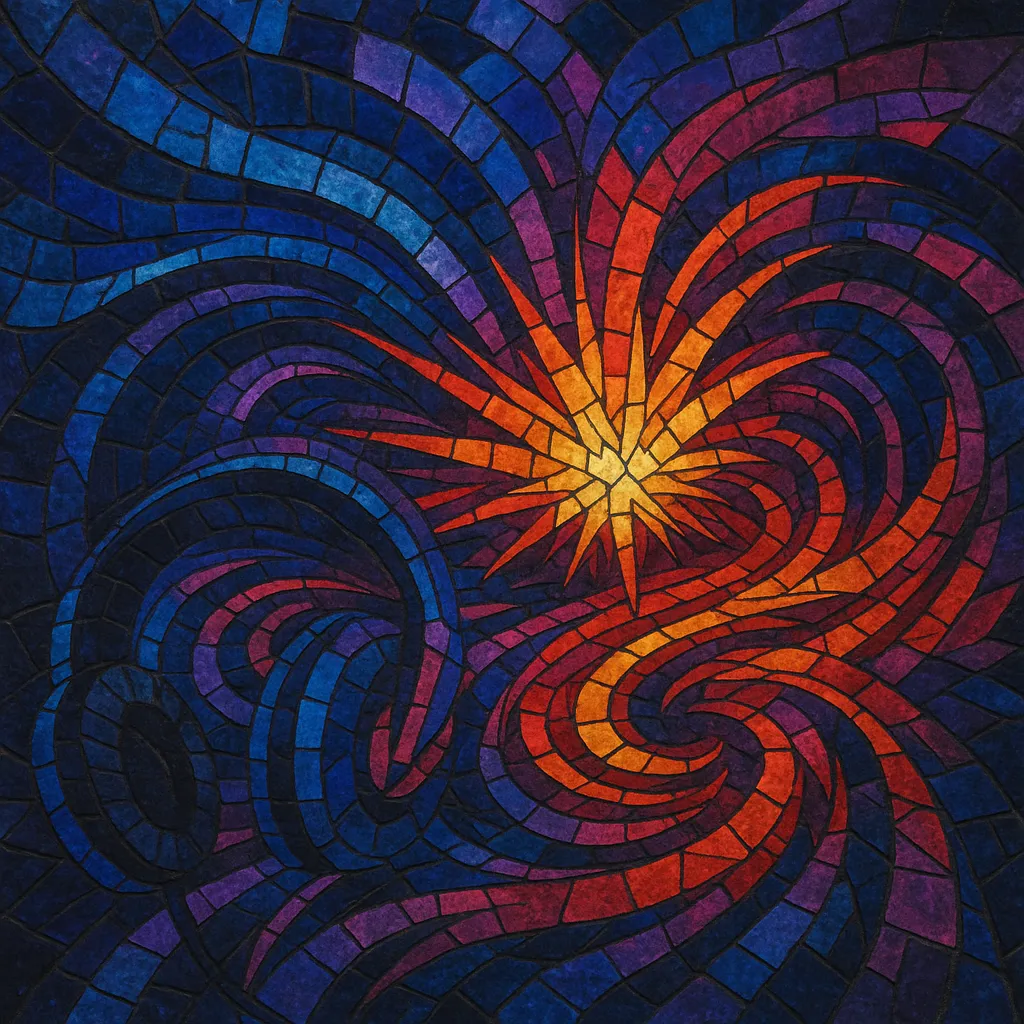
UK hardcore is a high-tempo, euphoric branch of the hardcore dance continuum that crystallized in the UK during the 2000s out of happy hardcore, hard trance, and hard house influences.
Characterized by 4/4 kicks at roughly 165–175 BPM, big supersaw leads, bright melodic hooks, and pitched-up or anthemic vocals, it aims squarely at hands-in-the-air rave energy. Tracks typically feature trance-like breakdowns, dramatic risers, and explosive drops, often with singalong choruses and glossy, uplifting chord progressions.
While it inherited the positivity and speed of 1990s happy hardcore, UK hardcore modernized the sound design (sidechained pads, layered kicks, contemporary EDM processing) and tightened the song structures for large-scale raves and compilation culture (e.g., Clubland X-Treme Hardcore).
UK hardcore emerged as a refreshed, modern continuation of 1990s happy hardcore once the breakbeat-heavy hardcore scene split toward drum and bass and the 4/4 camp. Producers drew on happy hardcore’s speed and euphoria, then blended in hard trance’s supersaws and breakdown dramaturgy, plus hard house/Nu-NRG’s driving, straight-kick energy. By the early-to-mid 2000s, the sound cohered around 165–175 BPM, clean 4/4 drums, and vocal-led, trance-informed songwriting.
The mid-2000s saw UK hardcore reach wide festival and compilation exposure. Labels and series such as Clubland X-Treme Hardcore helped standardize a polished, vocal-forward style: big anthems, key changes, and radio-friendly toplines sat alongside rave stabs and ecstatic pads. Core DJs and MCs kept the scene thriving at large UK events (e.g., HTID), reinforcing a culture of high-energy, communal positivity.
In the 2010s, the sound diversified and cross-pollinated with freeform hardcore, j-core/future core, and elements from hardstyle and contemporary EDM. Some producers emphasized tougher kicks and minimalism (feeding into powerstomp), while others leaned into hyper-melodic, anime- and game-influenced aesthetics (informing j-core and future core). Despite cycles of underground vs. mainstream visibility, UK hardcore’s template—fast tempo, soaring melodies, and euphoric vocals—remains a staple across global rave cultures.

